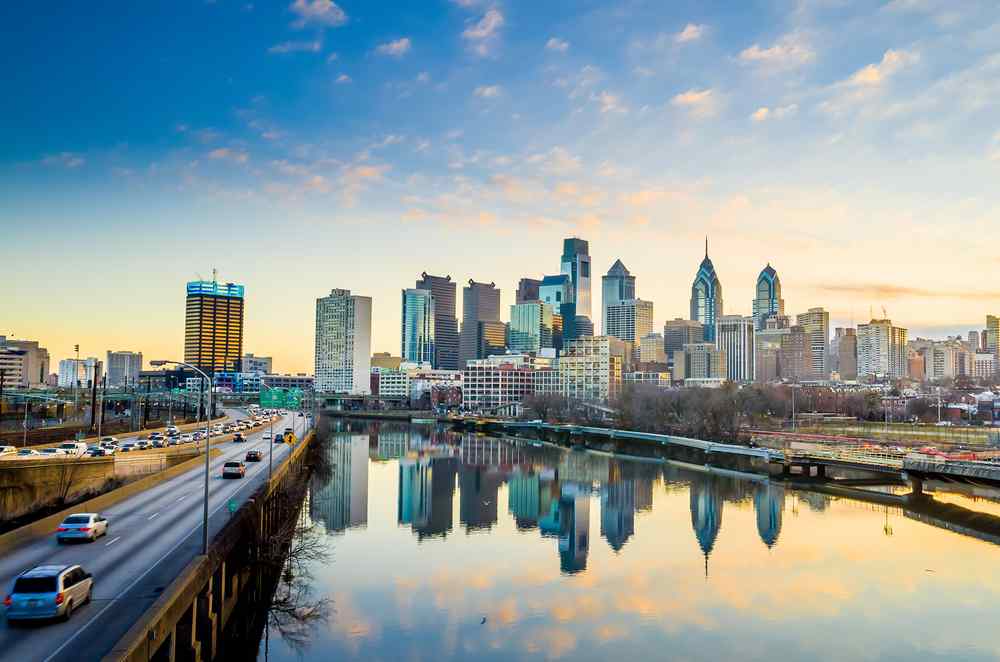“Amazon Idol,” day 2.
Let’s try and recap the varied reactions to Amazon’s announcement that it’s looking for a new North American town to expand its Seattle headquarters, shall we?
In Philadelphia, Mayor Jim Kenney, the Department of Commerce and one of the area’s top investors said they wanted to make this happen. A similar chorus was heard from local governments across the country, in towns like Boston, Chicago, St. Louis, Milwaukee, Baltimore, Wilmington… the list goes on.
And though it’s super early to think about what a 50,000-employee campus might look in Philadelphia, we asked a local architect with experience in designing these kinds of life-altering corporate behemoths. It’s a project that holds the potential to drastically change Philly, for better or worse.
Benjamin’s Desk Chief Design Officer Adam Glaser — a Harvard architect who led the design effort behind 2.5 million square feet of corporate campuses at Wyeth (now Pfizer) and AmGen — was one of my first calls yesterday when news of the site search broke.
“From 2005 to 2007, I went to Seattle like 30 times in two years,” said Glaser. “I got to know the city well. South Lake Union [where Amazon’s HQ1 relocated to in 2009] is one of the most unique areas in the U.S., but back then it was then essentially abandoned. Over time it evolved and became similar to what NoLibs is today.” (Editor’s note: Reminds us of Port Covington in Baltimore, which is also angling for HQ2.)
A lot of towns can give them tax breaks and buildings, but what they want is quality of life.
Where in Philly might something like a $5-billion campus even fit? The suburbs might be your first guess, but you’d be wrong, Glaser said.
“Amazon wants a cool big city like Seattle that’s accessible,” the architect said. “They’re going to want to build districts around them where collaborators can be around it. I think you have to ask where is half a square mile to build an enormous campus in town, something more horizontal than vertical.”
Though many places have so far been suggested (so far we’ve heard: the Navy Yard, Schuylkill Yards, North Philly, Manayunk and King of Prussia) the architect points the compass to the north side of Callowhill, in a development that would connect Callowhill, Spring Garden, Fishtown and NoLibs.
“They’re not going to go out to the suburbs: Philly’s strength is a strength as a city,” said Glazer. A lot of towns can give them tax breaks and buildings, but what they want is quality of life.”
Another perk of the proposed site: development money goes much further when working with existing infrastructure vs. what’s known as a “greenfield project.” It will eventually come down to seeing if the existing inventory of buildings and sites can accommodate Amazon’s idea of a second HQ. Its first campus, for comparison, has a total of 33 buildings.
“I really want to see our city step up and not play the ‘we’re not worthy’ game,” said Glaser. “A company like that embedded in our city would take us to a completely different level.”
What might Callowhill residents say? You bet we have an email out to the neighborhood association.







